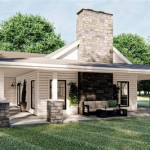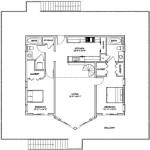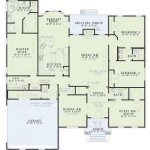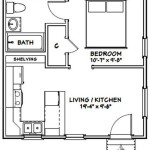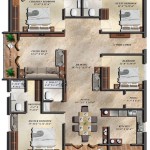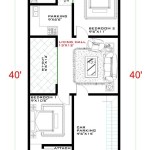Exploring The Plane of a Household
The concept of a household plane might seem abstract, but it's a powerful tool for understanding the dynamics of family life. In essence, the household plane refers to the invisible, yet tangible, framework that defines the structure and operation of a home. It encompasses the physical space, the roles and responsibilities of its members, the routines and rituals that guide daily life, and the underlying values and beliefs that shape the family's identity. This plane is constantly evolving, adapting to changing needs, circumstances, and the life stages of its occupants.
Understanding the Physical Plane
The physical plane of a household consists of the tangible environment in which family life takes place. This includes the house itself, its layout, furniture, decor, and even the specific objects that populate it. The physical space plays a crucial role in shaping family interactions, creating both opportunities and limitations. For example, a well-organized and spacious kitchen can facilitate family meals and foster togetherness, while a cluttered and cramped living room might lead to tension and conflict. The design and arrangement of the physical space can also reflect the family's values and priorities. A well-equipped home office may indicate a focus on work and productivity, while a children's playroom might prioritize play and creativity.
Navigating the Social Plane
The social plane of a household concerns the relationships and interactions among its members. This includes the roles and responsibilities each person assumes, the dynamics of power and influence, and the patterns of communication and conflict resolution. The social plane is influenced by factors such as age, gender, personality, and cultural background. For instance, a traditional family structure might assign distinct roles to the parents and children, whereas a more egalitarian household might involve more shared responsibilities. The social plane also encompasses the emotional climate of the family, reflecting the level of intimacy, support, and conflict that exists between its members.
Delving into the Cultural Plane
The cultural plane of a household refers to the shared values, beliefs, and traditions that shape the family's identity and guide its behavior. These cultural elements can be passed down through generations, absorbed from the broader society, or developed within the family itself. For example, a family might prioritize education, religious observance, or social activism, reflecting its core values and beliefs. These values are often reflected in routines, traditions, and the way family members interact with each other and the outside world. The cultural plane also encompasses the family's understanding of its place within the wider community and society.
The Interwoven Nature of the Household Plane
It's important to recognize that the physical, social, and cultural planes of a household are interconnected and influence each other. For example, the physical space can impact the social dynamics within a family. A cramped living room might lead to increased conflict, while a spacious outdoor area could promote relaxation and togetherness. Similarly, the cultural values of a family can influence its physical environment. A family that places a high value on tradition might decorate their home with heirlooms and family photographs, whereas a family that values minimalism might prioritize a clean and uncluttered space.
The Dynamic Nature of the Household Plane
The household plane is not static; it constantly adapts and evolves in response to changing circumstances and the life stages of its members. As children grow, the physical space might need to be rearranged to accommodate their changing needs. The social roles and responsibilities within the family might shift as parents age or as family members pursue new careers or interests. And the cultural values of the family may evolve as they encounter new experiences and perspectives. Understanding the dynamic nature of the household plane allows families to navigate change effectively and maintain a healthy, harmonious environment.

Inclined Plane Lesson For Kids Definition Examples

Fear Of Flying How To Get Over It And Best Remedies For Flight Anxiety Thrillist

Flying With A Baby 25 Top Tips Pampers

Economy Cabin Classes Cathay Pacific

First Ns Family History National Library Of Nla

Family Travel Best Holidays

Housekeeping Spell

Economy Cabin Classes Cathay Pacific

Just How Rich Were The Mccallisters In Home Alone New York Times

How To Board A Plane The Best Worst Ways An Airplane Thrillist
Related Posts

